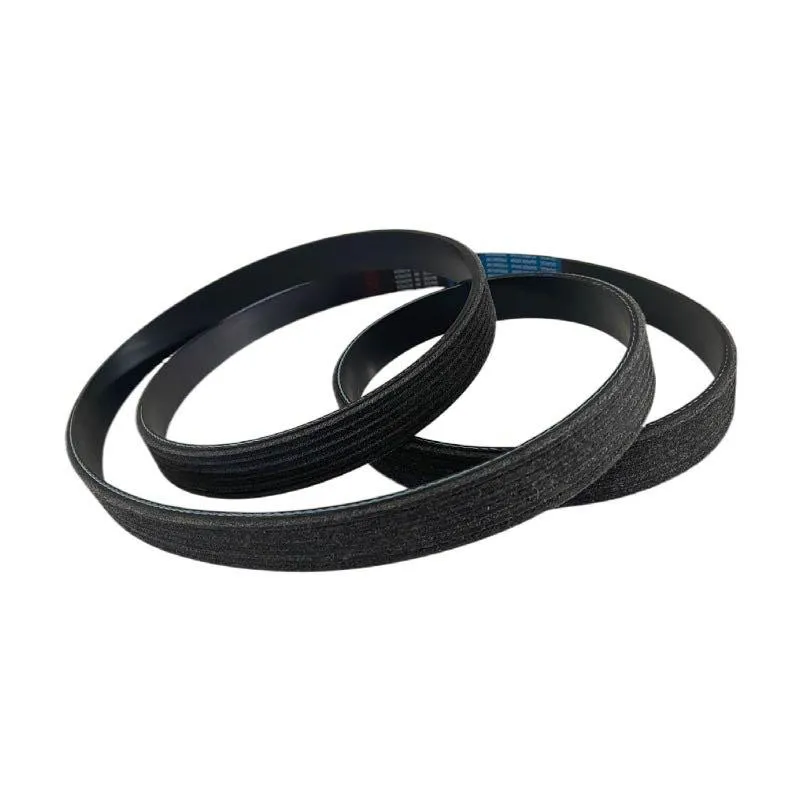- Arabic
- French
- Russian
- Spanish
- Portuguese
- Turkish
- Armenian
- English
- Albanian
- Amharic
- Azerbaijani
- Basque
- Belarusian
- Bengali
- Bosnian
- Bulgarian
- Catalan
- Cebuano
- Corsican
- Croatian
- Czech
- Danish
- Dutch
- Afrikaans
- Esperanto
- Estonian
- Finnish
- Frisian
- Galician
- Georgian
- German
- Greek
- Gujarati
- Haitian Creole
- hausa
- hawaiian
- Hebrew
- Hindi
- Miao
- Hungarian
- Icelandic
- igbo
- Indonesian
- irish
- Italian
- Japanese
- Javanese
- Kannada
- kazakh
- Khmer
- Rwandese
- Korean
- Kurdish
- Kyrgyz
- Lao
- Latin
- Latvian
- Lithuanian
- Luxembourgish
- Macedonian
- Malgashi
- Malay
- Malayalam
- Maltese
- Maori
- Marathi
- Mongolian
- Myanmar
- Nepali
- Norwegian
- Norwegian
- Occitan
- Pashto
- Persian
- Polish
- Punjabi
- Romanian
- Samoan
- Scottish Gaelic
- Serbian
- Sesotho
- Shona
- Sindhi
- Sinhala
- Slovak
- Slovenian
- Somali
- Sundanese
- Swahili
- Swedish
- Tagalog
- Tajik
- Tamil
- Tatar
- Telugu
- Thai
- Turkmen
- Ukrainian
- Urdu
- Uighur
- Uzbek
- Vietnamese
- Welsh
- Bantu
- Yiddish
- Yoruba
- Zulu
дек. . 12, 2024 11:54 Back to list
timing belt material
Understanding Timing Belt Materials A Key Component in Engine Performance
Timing belts play a critical role in the functioning of internal combustion engines. They synchronize the rotation of the crankshaft and camshaft, ensuring that the engine's valves open and close at the proper times during the combustion cycle. Given their importance, the material composition of timing belts is crucial to their performance, durability, and overall efficiency. This article delves into the various materials used in manufacturing timing belts and their respective properties.
Common Materials Used in Timing Belts
1. Rubber The most common material used in timing belts is various types of rubber. Synthetic rubber, such as neoprene, is often preferred due to its superior resistance to heat and wear compared to natural rubber. The rubber provides flexibility, allowing the belt to bend around pulleys without cracking. This elasticity also contributes to a quiet operation, reducing engine noise. However, rubber's susceptibility to degradation from oil, heat, and ozone exposure necessitates the incorporation of additives and reinforcements.
2. Polyurethane Polyurethane timing belts offer enhanced durability and resistance to abrasion compared to their rubber counterparts. This material provides a longer lifespan, especially in high-performance applications or environments with extreme temperatures. Polyurethane is also resistant to chemicals, making it suitable for various automotive and industrial applications. Moreover, it maintains tensile strength and elasticity over time, which is essential for effective timing performance.
3. Fiberglass and Aramid Reinforcements To enhance the strength and durability of timing belts, manufacturers often incorporate reinforcement materials such as fiberglass or aramid fibers (e.g., Kevlar). These reinforcements prevent elongation and ensure that the belt maintains its shape under tension. Fiberglass is commonly used for its high tensile strength and ease of manufacturing, while aramid fibers are known for their impressive heat resistance and toughness. Using these materials in timing belts results in better performance under high-load conditions, reducing the likelihood of belt failure.
4. Metal Components Although the main body of timing belts is typically made from rubber or polyurethane, metal components are sometimes included in the belt design to enhance strength. Metal teeth or cores can be integrated into the belt to improve grip and reduce slippage on the sprockets. This is particularly beneficial in applications requiring precise synchronization, as it minimizes the risk of timing errors that could lead to serious engine damage.
timing belt material

Properties and Performance
The choice of material for timing belts directly affects their performance characteristics. Key properties include
- Heat Resistance High temperatures can lead to premature wear and failure in timing belts. Selecting materials that can withstand the heat generated by the engine is crucial for longevity. Both synthetic rubber and polyurethane excel in this regard, while the addition of aramid fibers can further enhance heat resistance. - Wear Resistance The constant movement and friction of timing belts against pulleys create wear over time. Materials such as polyurethane and reinforced rubber with fibers provide enhanced wear resistance, ensuring consistent performance and reducing maintenance needs.
- Chemical Resistance Timing belts often come into contact with oils, fuels, and other chemicals. Materials with good chemical resistance help maintain integrity and performance over time, making polyurethane a favored choice in challenging environments.
- Flexibility and Elasticity A timing belt must be flexible enough to navigate the engine's pulleys while remaining taut enough to maintain synchronization. Rubber provides excellent flexibility, while the incorporation of other materials can also help achieve the desired balance of strength and elasticity.
Conclusion
In summary, the material composition of timing belts has a significant impact on their performance, durability, and overall effectiveness in an engine. With options ranging from rubber and polyurethane to advanced reinforcements like fiberglass and aramid fibers, manufacturers can create timing belts tailored for specific applications and operating conditions. As automotive technology continues to advance, the importance of selecting the right timing belt material remains paramount in ensuring optimal engine performance and longevity. Understanding these materials empowers vehicle owners and engineers alike to make informed decisions that will enhance the reliability and efficiency of their engines.
-
Korean Auto Parts Timing Belt 24312-37500 For Hyundai/Kia
NewsMar.07,2025
-
7PK2300 90916-T2024 RIBBED BELT POLY V BELT PK BELT
NewsMar.07,2025
-
Chinese Auto Belt Factory 310-2M-22 For BMW/Mercedes-Benz
NewsMar.07,2025
-
Chinese Auto Belt Factory 310-2M-22 For BMW/Mercedes-Benz
NewsMar.07,2025
-
90916-02660 PK Belt 6PK1680 For Toyota
NewsMar.07,2025
-
drive belt serpentine belt
NewsMar.07,2025

